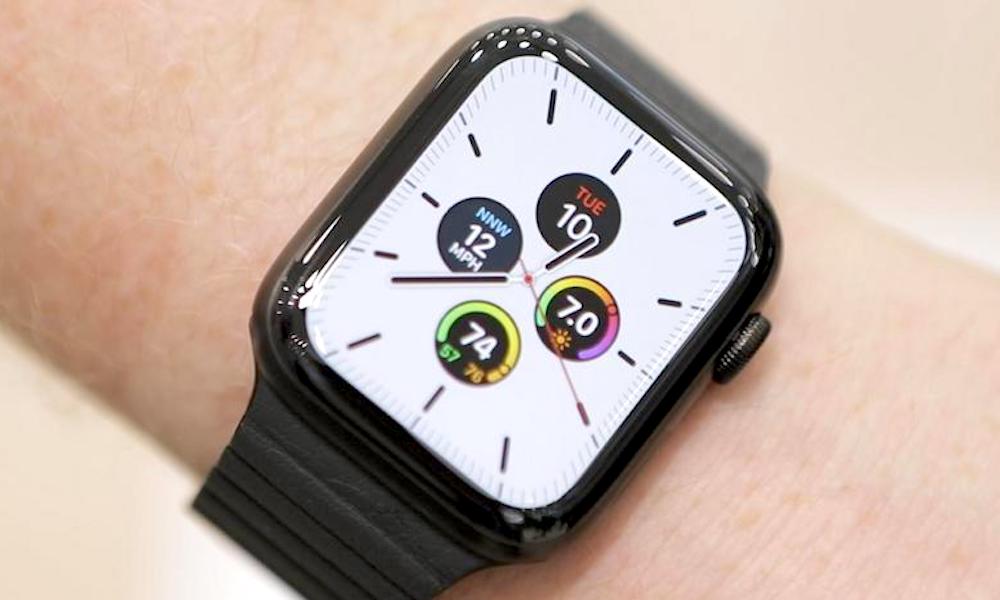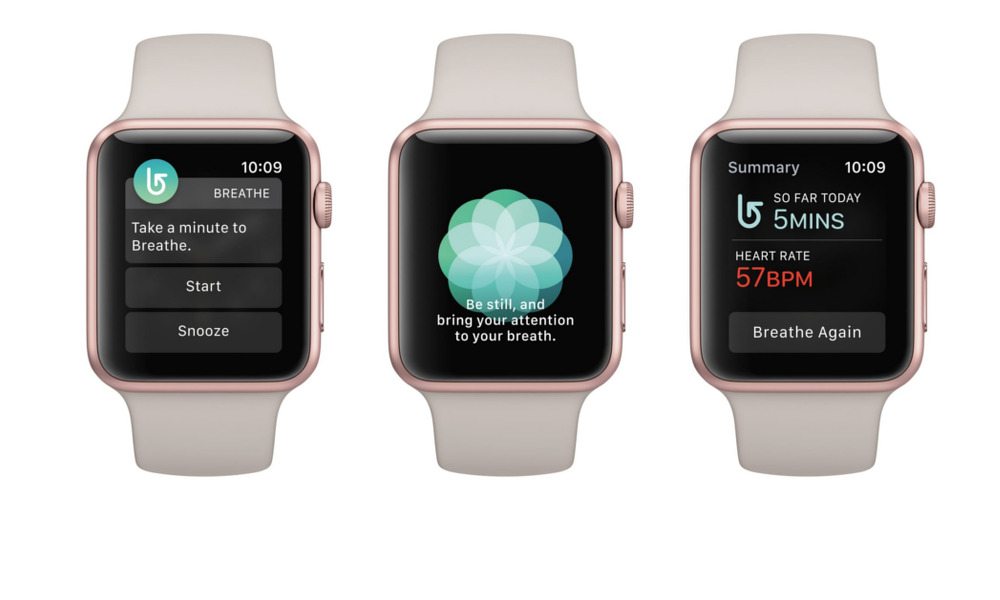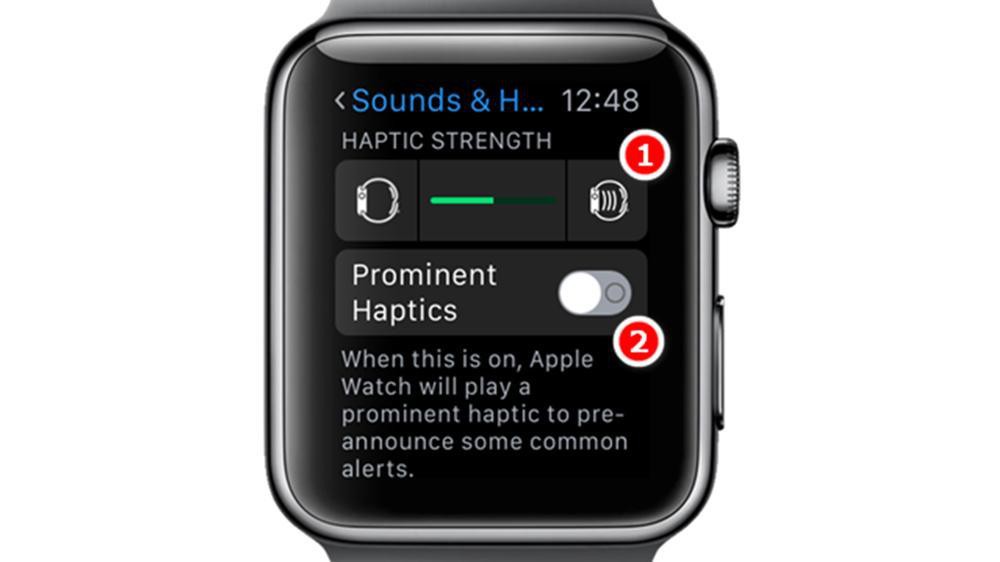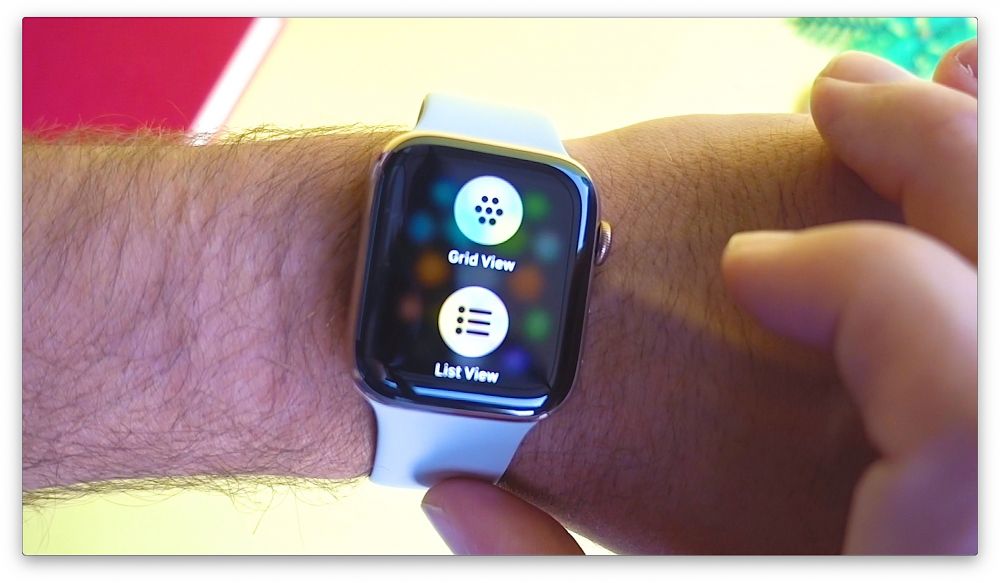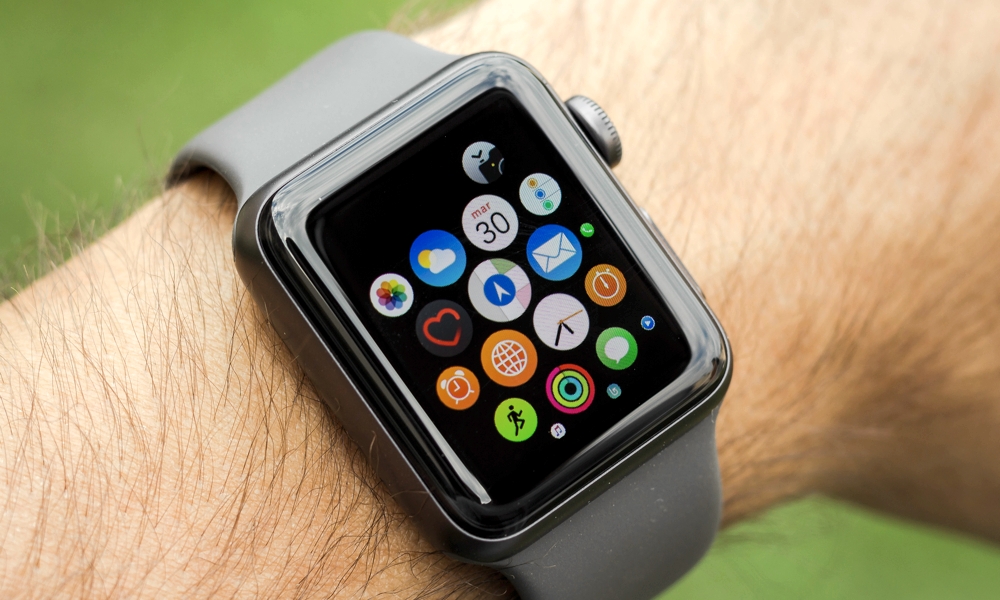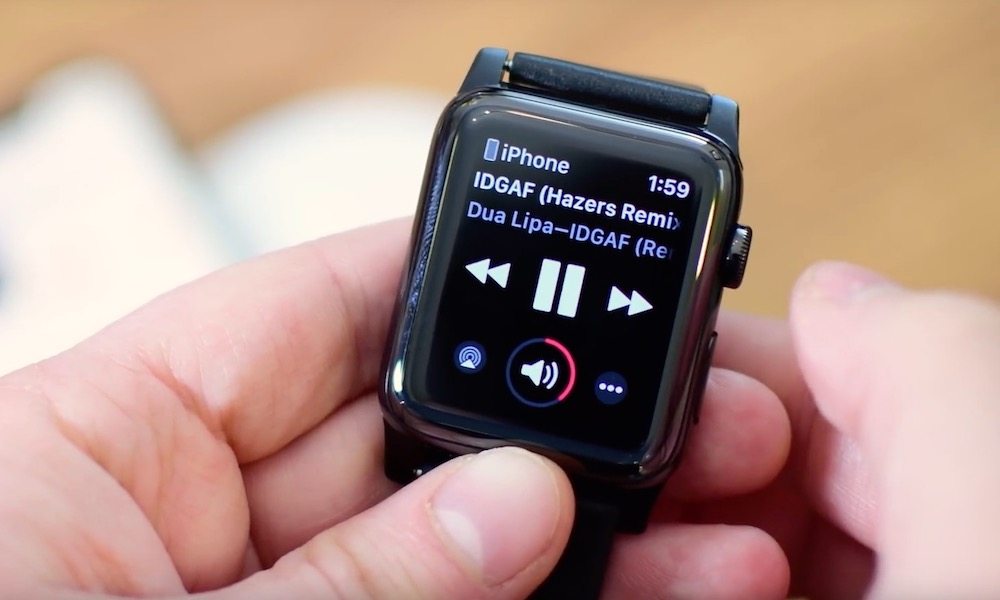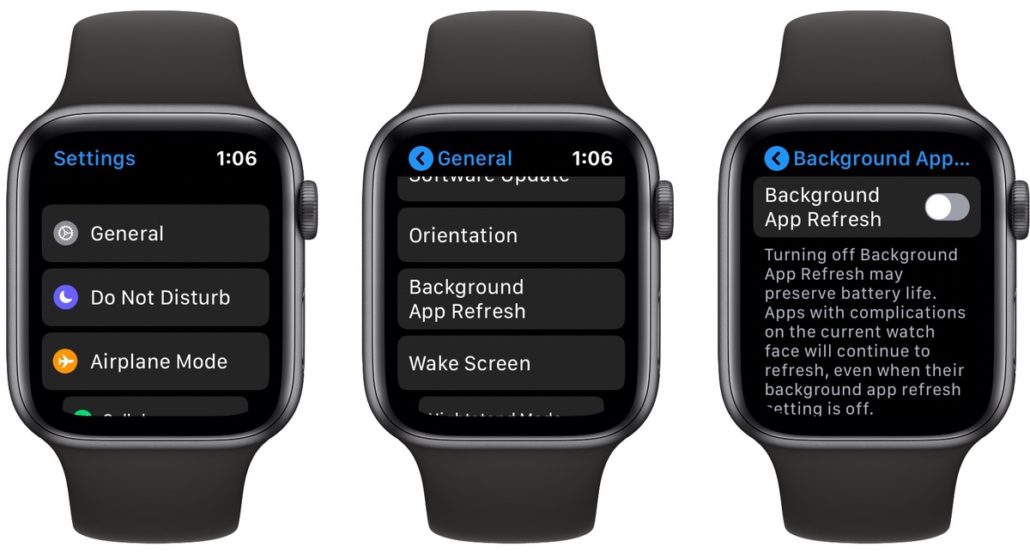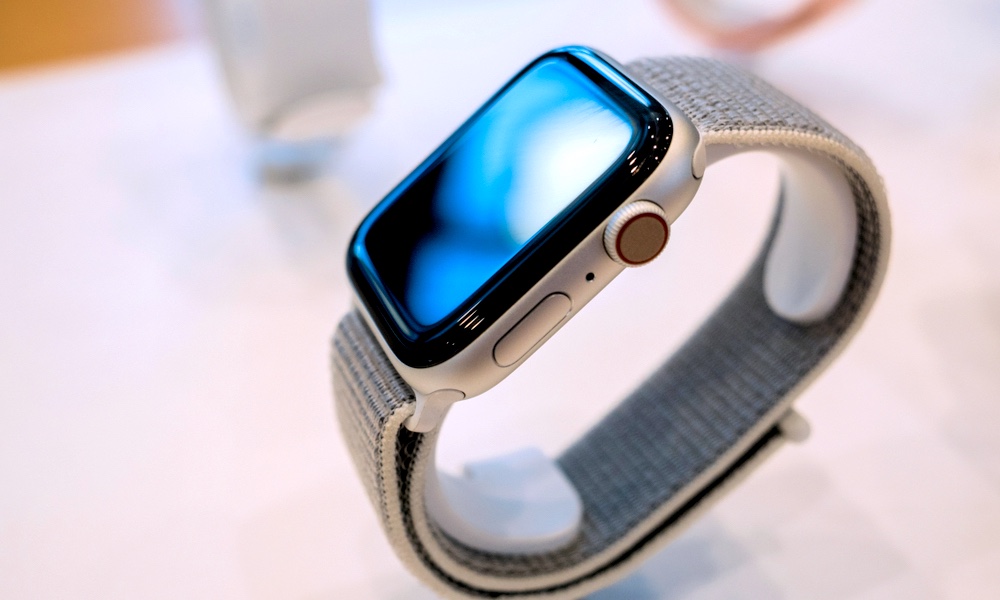New to Apple Watch? Here Are 10 Settings to Change Now
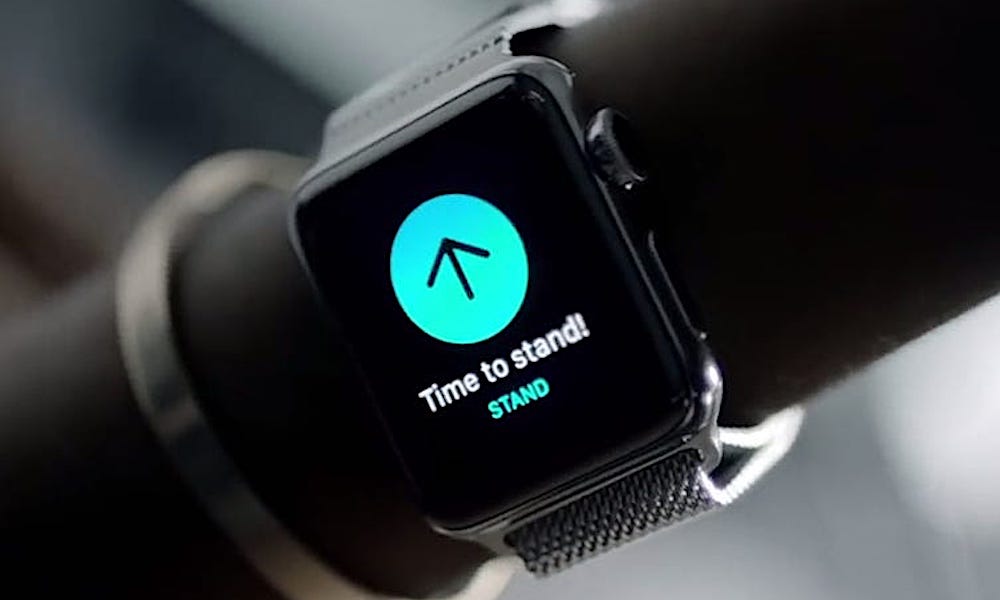 Credit: Apple
Credit: Apple
The Apple Watch works pretty seamlessly with your iPhone right out of the box, but there are still a slew of different settings and preference options that you can and should change. Whether you recently purchased an Apple Watch or you’ve been rocking it for a while and just haven’t played around with it much, continue reading to learn about 10 settings on your Apple Watch you should look through and change right now.
Watch Face + Complications
The first thing you should (and probably will) do when you get your Apple Watch is customize your watch faces. If you haven’t done so or you weren’t planning on it, we’d highly recommend trying it out.
Watch faces can be customized with your own choice of colors, app and system setting complications, and more.
- Head to the Watch app on your iPhone.
- Look around the My Faces section.
- Faces can also be customized directly on your Watch with a firm press.
Notifications
When you first start using your Apple Watch, you’ll probably notice that it pretty much bombards you all day long with wave after wave of notifications. Some people like being connected, but those alerts can get really distracting, really fast.
Luckily, you can change which apps are allowed to buzz your wrist in the Watch app on your iPhone. Just navigate to Notifications and hit the toggle next to any app that you don’t want notifications from on your Apple Watch.
Tweak Your Sound & Haptics
In addition to cleaning up your notifications, you can also tweak the kinds of sounds and haptic feedback your Apple Watch gives you. It’s a good idea to play around with these settings until you find a setup that suits your needs.
Head to the Watch app on your iPhone and select Sounds & Haptics. You can also access these settings on the watch itself.
Silent Mode is a useful toggle that’ll mute sounds but keeps haptics on. You can also adjust the volume of alerts with the slider and set your haptic feedback to Prominent if the regular setting isn’t strong enough for you.
Edit the App Layout
Depending on how many apps you have on your iPhone, you Apple Watch’s app grid can get pretty messy. Luckily, you can easily rearrange the apps on the app grid so that commonly used apps are within easier reach.
- You can actually edit the app grid in a couple of different ways. On an Apple Watch, just press and hold on any app.
- On your iPhone, just open the Watch app and press App Layout.
- You can also switch between a grid view and a list view by firmly pressing on the app grid itself.
Clean up Your Apps
Speaking of apps, your app grid may also be messy because of the number of apps displayed rather than the arrangement. That’s because, by default, pretty much any app on your iPhone that has a watchOS counterpart will automatically install on your Apple Watch.
You can delete apps from your Watch by pressing down on them in the app grid. You can also just select them from the Watch app and toggle Show on Apple Watch. Lastly, you can keep apps from auto-installing by going to General > App Install and disabling Automatic App Install.
Wrist Raise Settings
Your Apple Watch will either turn on its display or brighten its display when you raise you wrist (depending on which model you have). This is basic functionality, but you can actually customize what happens when you raise your wrist.
Some users prefer seeing the watch face when they raise their wrist, while others want to see their last used app. You can edit these types of settings in the iOS Watch app by going to General > Wake Screen. There’s also the option to activate Siri when you raise your wrist, which you can edit in Siri > Raise to Speak.
Set up Safety Features
The Apple Watch isn’t just a device to keep your healthy and connected. It can also help save you in a pinch. That’s because of a few features called Emergency SOS, Fall Detection and Irregular Heart Rhythm notifications — all of which have helped saved lives in the past.
We highly recommended opening the Watch app, selecting Emergency SOS and enabling Hold Side Button, as well as Fall Detection.
It’s also worth adding a few emergency contacts here, too. For heart notifications, head to My Watch > Heart, tap on Set Up Irregular Rhythm Notifications in Health and follow the prompts.
Wellness Reminders
Another thing you’ll probably notice on an Apple Watch is how it keeps encouraging good habits like mindful breathing and standing up every hour. It’s probably a good idea to follow your Watch’s advice, but those alerts certainly aren’t for everyone.
If you find yourself distracted or annoyed by them, you can toggle them off.
Just head to the Watch app, select Activity and hit the toggle next to Stand Reminders.
Breathe alerts can be disabled in Breathe > Breathe Reminders.
Background App Refresh
Just like on an iPhone, many watchOS apps use Background App Refresh to keep their feeds or other features updated in the background. But this can put a toll on your Apple Watch’s battery life. And for users with cellular data plans, it can also eat up some of your monthly allowance.
You can disable Background App Refresh entirely, but we’d recommend tailoring it on a per-app basis.
- Just head to the Watch app on your iPhone
- Select General and then Background App Refresh.
Consider turning off the toggle for apps that you don’t need to be updated in the background.
Disable Watch Analytics
If you’re a privacy-conscious person, or you just want to save a bit of data usage, then it may be a good idea to consider disabling Analytics on your iPhone. In a nutshell, these are small snippets of data that Apple and third-party app developers use to improve their products.
While they are helpful to Apple and developers, you aren’t required to keep them on.
- To disable them, just head to Settings > Privacy > Analytics on your iPhone.
- Hit the toggle next to Share iPhone & Watch Analytics.

